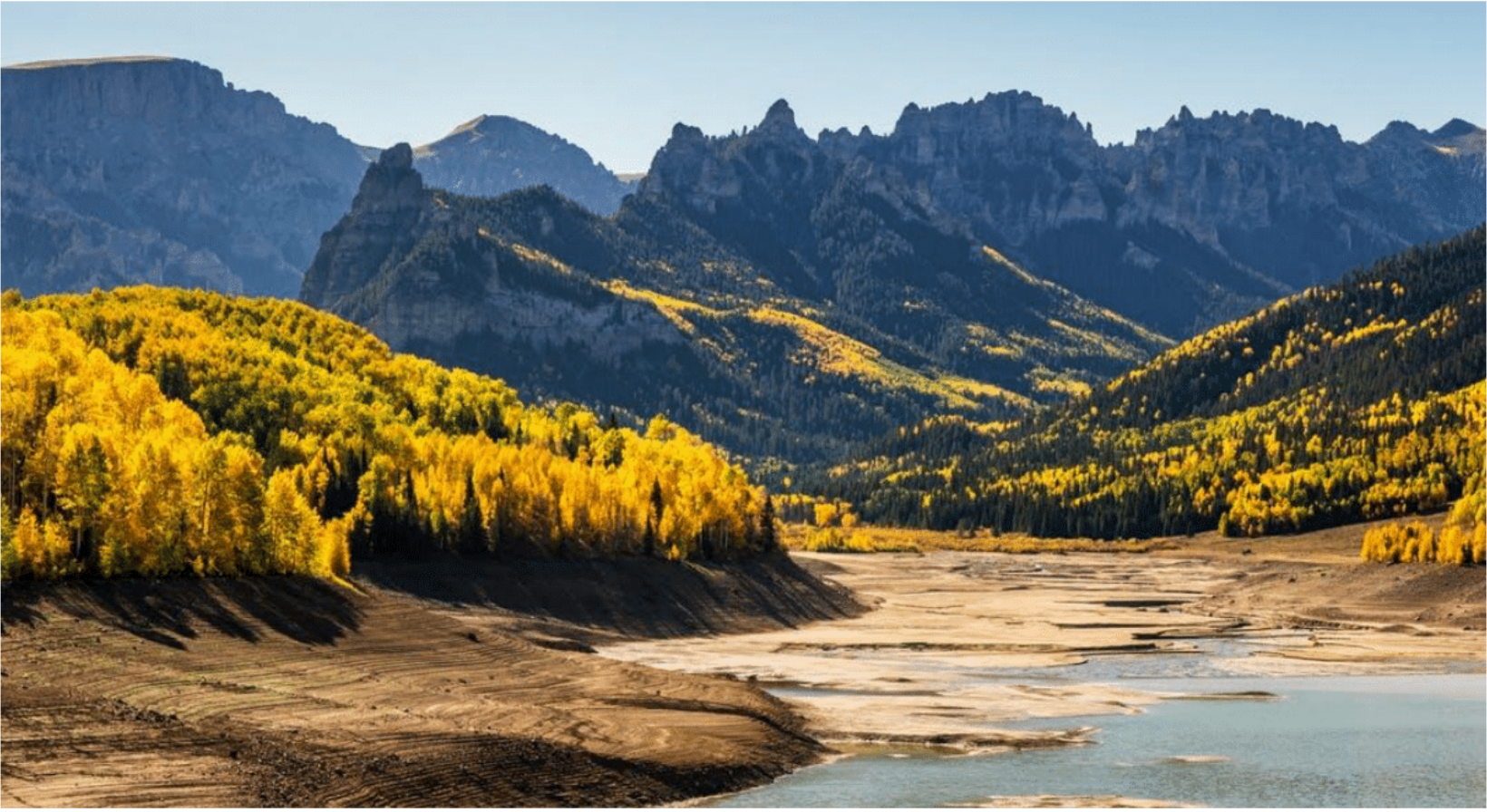
4 Considerations for Fly Fishing During a Drought
While I’m keeping my fingers crossed in the hope of blankets of heavy spring snows that will help to keep our trout streams full of cold water, the pressing reality we need to prepare for is the continuation of the drought that has stressed trout waters across the West for the last several years. Shorter runoff seasons, sustained low stream flows, and accelerated water heating all have a very real affect on invertebrate hatches, trout reproduction, and fish health. If you are reading this article, you likely love fly fishing as much as I do and I’m not suggesting we stop fishing due to the drought, there are however four thing we need to consider if we want to be successful while at the same time protecting and preserving our fisheries through this season of drought.

(This map shows the snow water equivalent across the Western US and clearly shows that the vast majority of the West is sitting at 50% - 89% of average moisture accumulation for this time of year)
Early Spawns
The driving factor that affects fly fishing, hatches, and trout behavior during drought years is that lower water levels have less capacity to absorb solar energy and therefore heat up earlier in the spring and cool off quicker in the fall. This precipitous change in water temperatures accelerate both the timing of the spring rainbow and cutthroat trout spawn and the fall brown and brook trout spawn. During drought years we should expect see trout start spawning up to 2-3 weeks earlier than normal, requiring the angler to be on high alert as they walk and wade to avoid spawning redds as well as be careful to avoid fishing to spawning trout.
Early Hatches
Just as the spawn is initiated by specific water temperatures, each of our invertebrate hatches is triggered by a specific range of temperatures (typically a window of 4-5° F). Because the shallow waters of drought-stricken lakes and rivers heat up earlier in the season, you should anticipate the hatches to begin up to 3 weeks earlier than on a normal, high-water year. If you want to take advantage of these early hatches, make sure to have your emerger and dry fly patterns stocked in your boxes early in the season!
Smaller Hatch Windows Hatches
In addition to hatches starting earlier due to lower, warmer waters, hatches will peak over a shorter period of time and taper off quicker than on normal, high-flow years. The brevity of these hatches requires both flexibility and mobility from the fly fisher if they want to take advantage of these shorter hatches. Flexibility in their willingness to play hooking from work and chores in order to head to the river whenever the hatch starts, and mobility in their ability to quickly follow the hatch upstream over its short duration in order to stay in the midst of the peak number of hatching invertebrates.
Killer Temps & Hoot Owl Fishing Hours

Ultimately, prolonged drought conditions and higher water temps are going to require fly fishers
to adjust when and where they fish so as not to kill trout struggling to survive. At 67°F the organ function of trout becomes inhibited, while the warmer water holds a smaller percent of dissolved oxygen making it exponentially harder for fish to recover from the exertion of being caught. While some states institute a “Hoot Owl” mandate, the educated and ethical angler should voluntarily limit their fishing between 6am and 2pm, and then resting the water through the heat of the day.
Get in the habit of wading with a fly
fishing thermometer laced through your boot and get off the water as you see the water temps climb towards 67° F and at a minimum
maintain Hoot Own fishing hours through the heat of summer.
Even during drought years, there remain ample opportunities for the fly fisher to get out and enjoy regular time on the water. Plan on going higher in elevation and spend more time exploring and fishing lakes. Keep in mind that the spawn and your favorite hatches will come earlier than normal, and plan on resting the water through the heat of the day. Like all things, this drought will pass, and if we fish responsibly now, we will have healthy fisheries to enjoy when the snows and flows return!
Fly of the Month
Fly Pattern: Rojo Midge
Available Colors (White, Purple, Red, Black, Olive)
Available Hook Sizes 20 – 22

With a red glass beadhead glowing in the water, bright wire ribbing, and a contrasting white buzzer emerging from a peacock collar, the Rojo Midge looks like something Boy George might tie. This flamboyantly-colored attractor pattern is a proven killer when trying to spark the attention of trout as they feed on midge larva or pupa.
Dry/Wet: Wet
Fly Category: Attractor Pattern
Family: Midges & Chironomids
Species: NA
Life Stage: Larva, Pupa
Even during drought years, there remain ample opportunities for the fly fisher to get out and enjoy regular time on the water. Plan on going higher in elevation and spend more time exploring and fishing lakes. Keep in mind that the spawn and your favorite hatches will come earlier than normal, and plan on resting the water through the heat of the day. Like all things, this drought will pass, and if we fish responsibly now, we will have healthy fisheries to enjoy when the snows and flows return!


